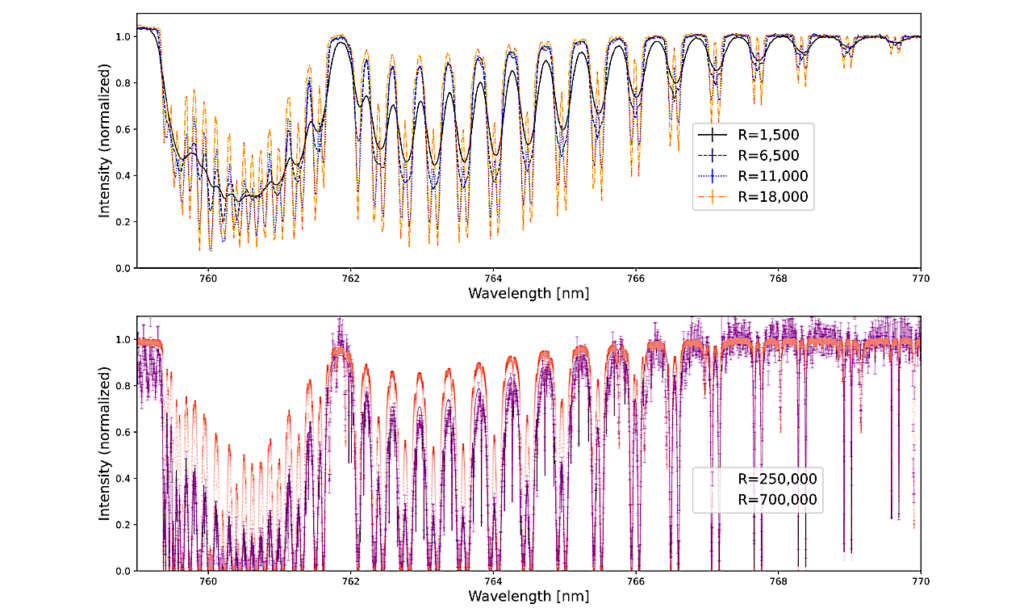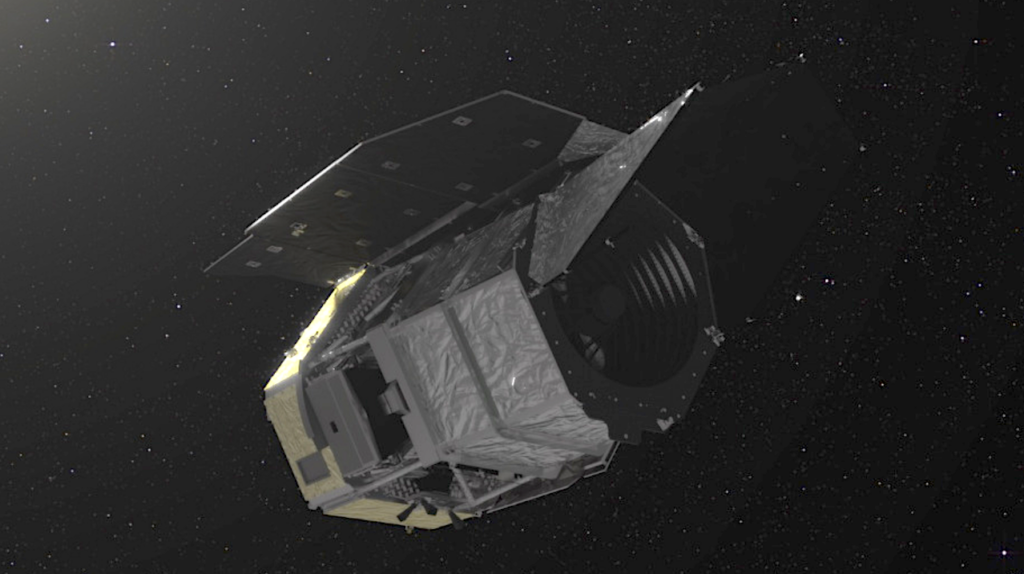Bioverse: A Comprehensive Assessment of the Capabilities of Extremely Large Telescopes to Probe Earth-like O2 Levels in Nearby Transiting Habitable Zone Exoplanets

Molecular oxygen is a strong indicator of life on Earth, and may indicate biological processes on exoplanets too.
Recent studies proposed that Earth-like O2 levels might be detectable on nearby exoplanets using high-resolution spectrographs on future extremely large telescopes (ELTs). However, these studies did not consider constraints like relative velocities, planet occurrence rates, and target observability. We expanded on past studies by creating a homogeneous catalog of 286,391 main-sequence stars within 120 pc using Gaia DR3, and used the Bioverse framework to simulate the likelihood of finding nearby transiting Earth analogs.
We also simulated a survey of M dwarfs within 20 pc accounting for η⊕ estimates, transit probabilities, relative velocities, and target observability to determine how long ELTs and theoretical 50-100 meter ground-based telescopes need to observe to probe for Earth-like O2 levels with an R=100,000 spectrograph.
This would only be possible within 50 years for up to ∼21% of nearby M dwarf systems if a suitable transiting habitable zone Earth-analog was discovered, assuming signals from every observable partial transit from each ELT can be combined. If so, Earth-like O2 levels could be detectable on TRAPPIST-1 d-g within 16 to 55 years, respectively, and about half that time with an R=500,000 spectrograph.
These results have important implications for whether ELTs can survey nearby habitable zone Earth analogs for O2 via transmission spectroscopy. Our work provides the most comprehensive assessment to date of the ground-based capabilities to search for life beyond the solar system.
Kevin K. Hardegree-Ullman, Dániel Apai, Galen J. Bergsten, Ilaria Pascucci, Mercedes López-Morales
Comments: 30 pages, 14 figures, 8 tables. Revised and resubmitted to AJ after a favorable referee report
Subjects: Earth and Planetary Astrophysics (astro-ph.EP); Solar and Stellar Astrophysics (astro-ph.SR)
Cite as: arXiv:2304.12490 [astro-ph.EP] (or arXiv:2304.12490v1 [astro-ph.EP] for this version)
https://doi.org/10.48550/arXiv.2304.12490
Focus to learn more
Submission history
From: Kevin Hardegree-Ullman
[v1] Mon, 24 Apr 2023 23:15:49 UTC (35,303 KB)
https://arxiv.org/abs/2304.12490v1
Astrobiology








